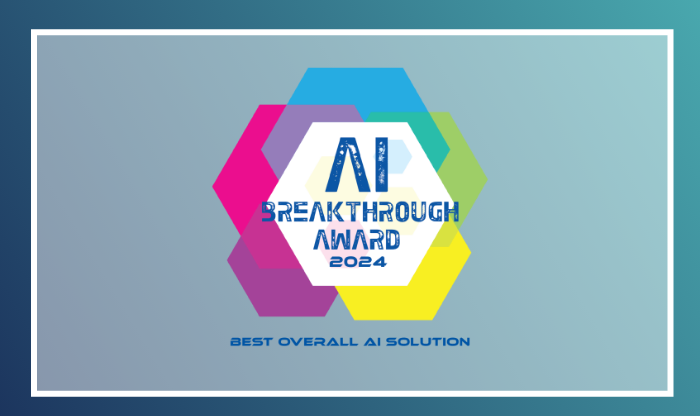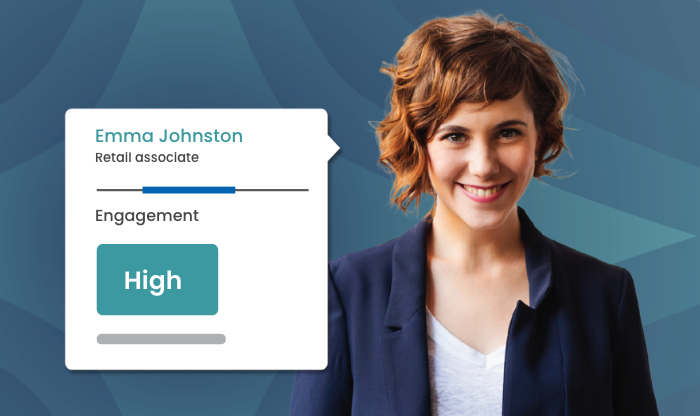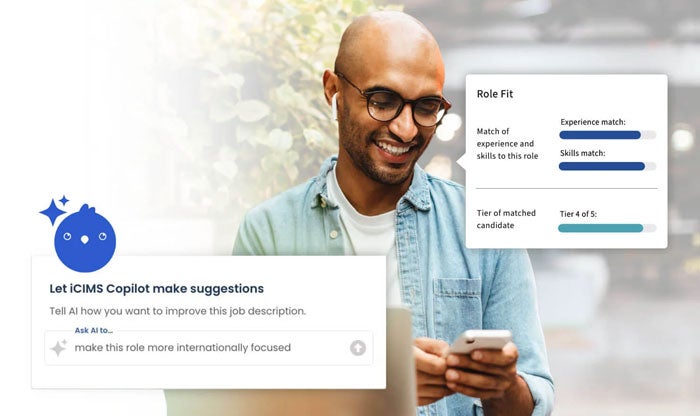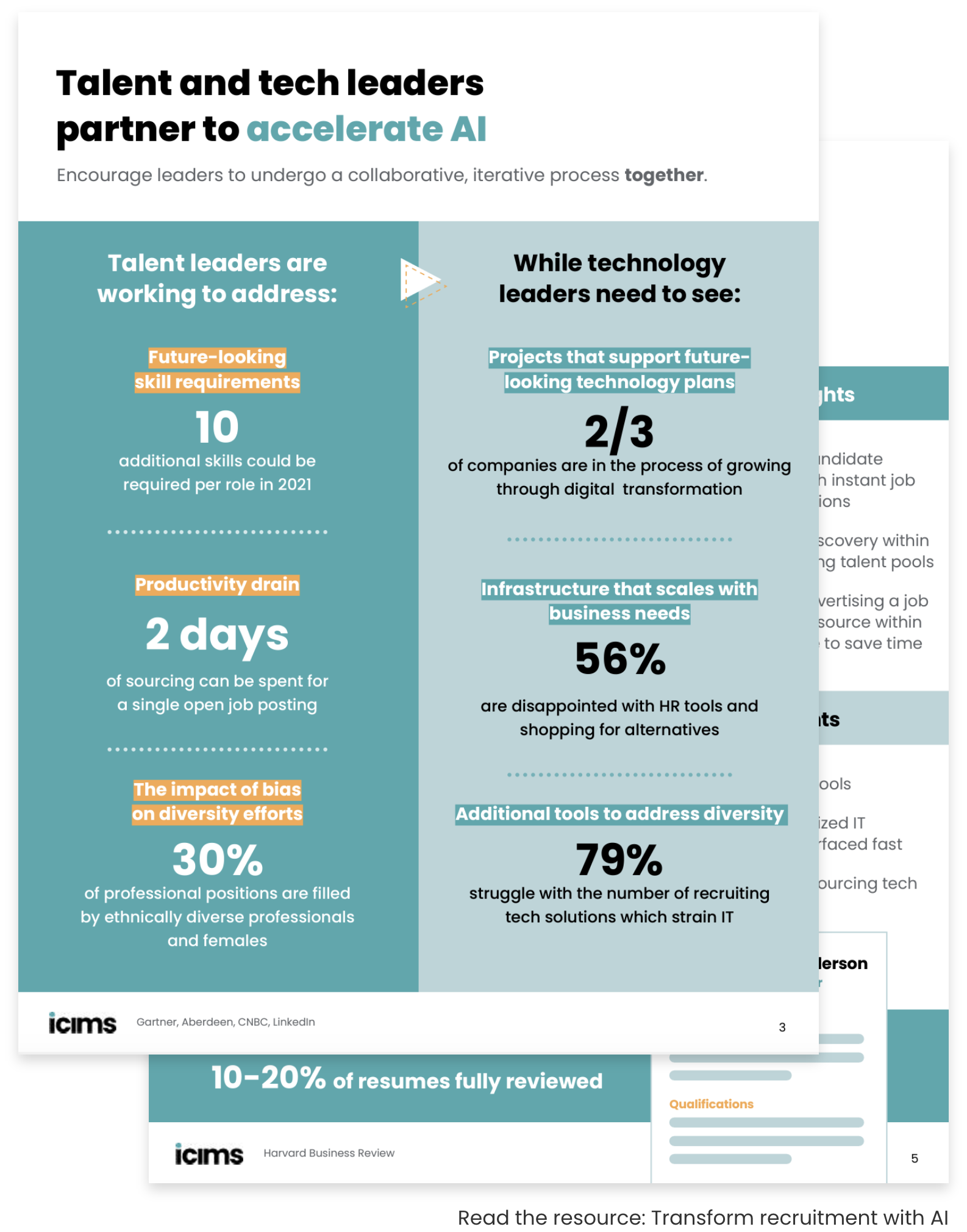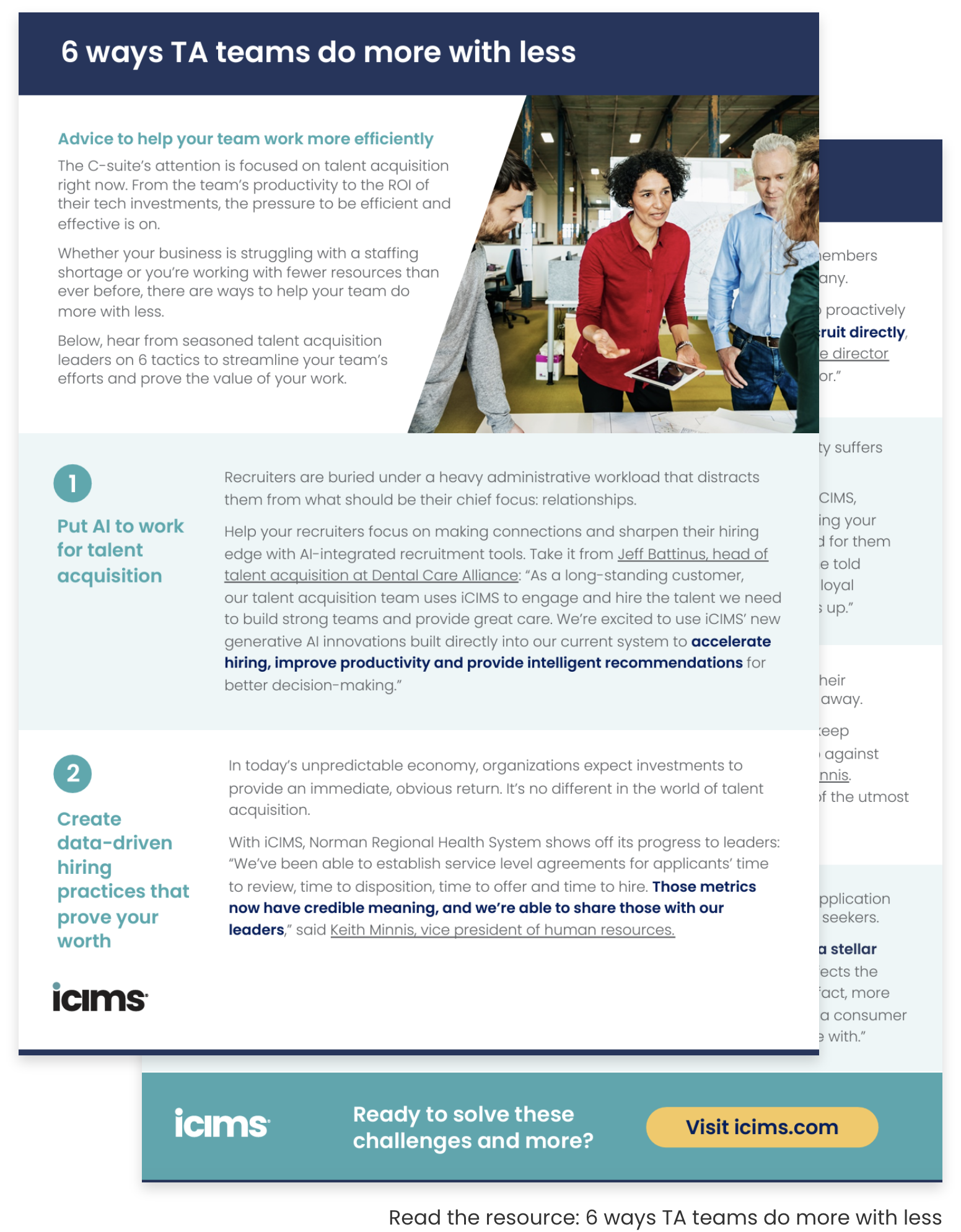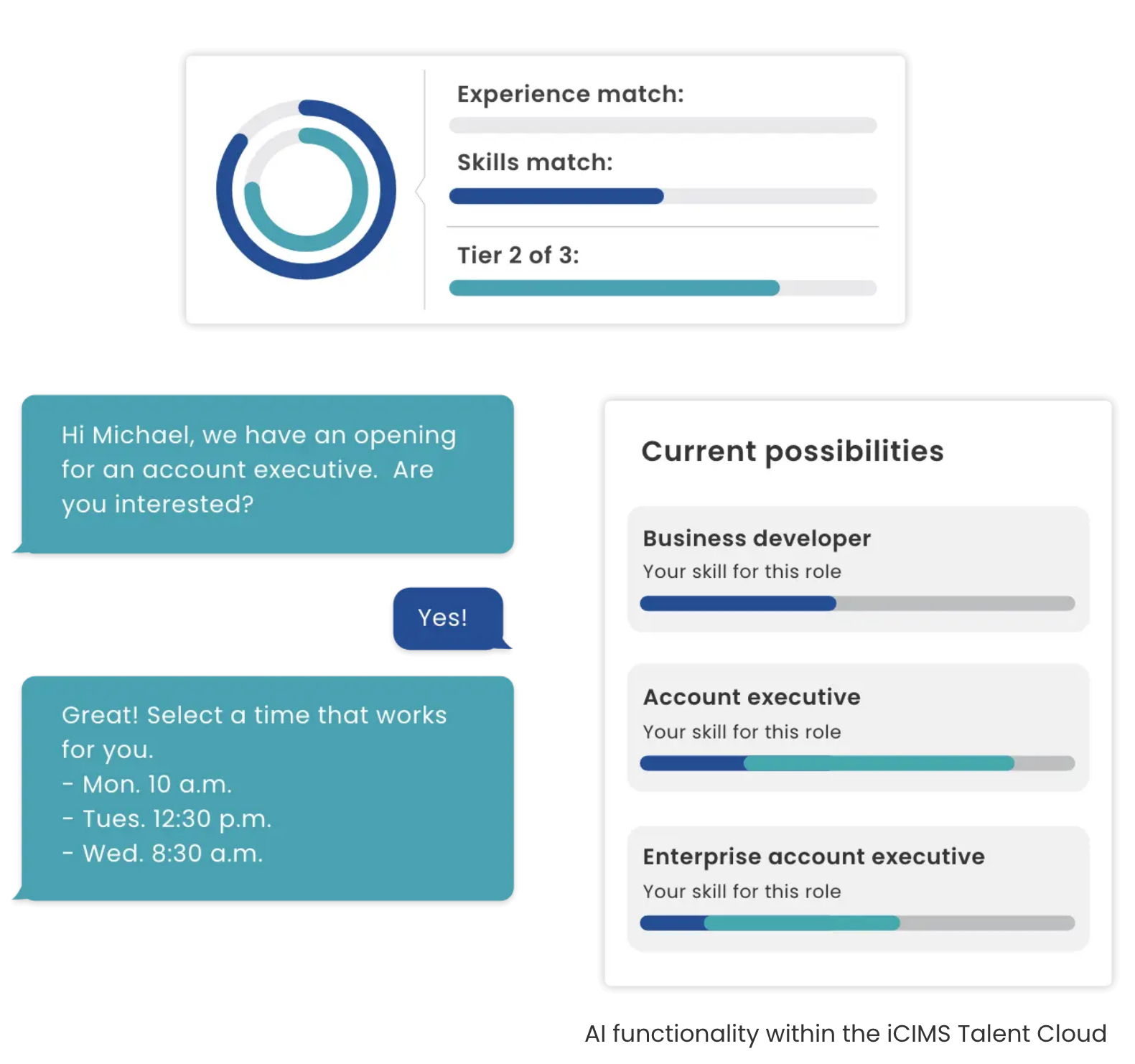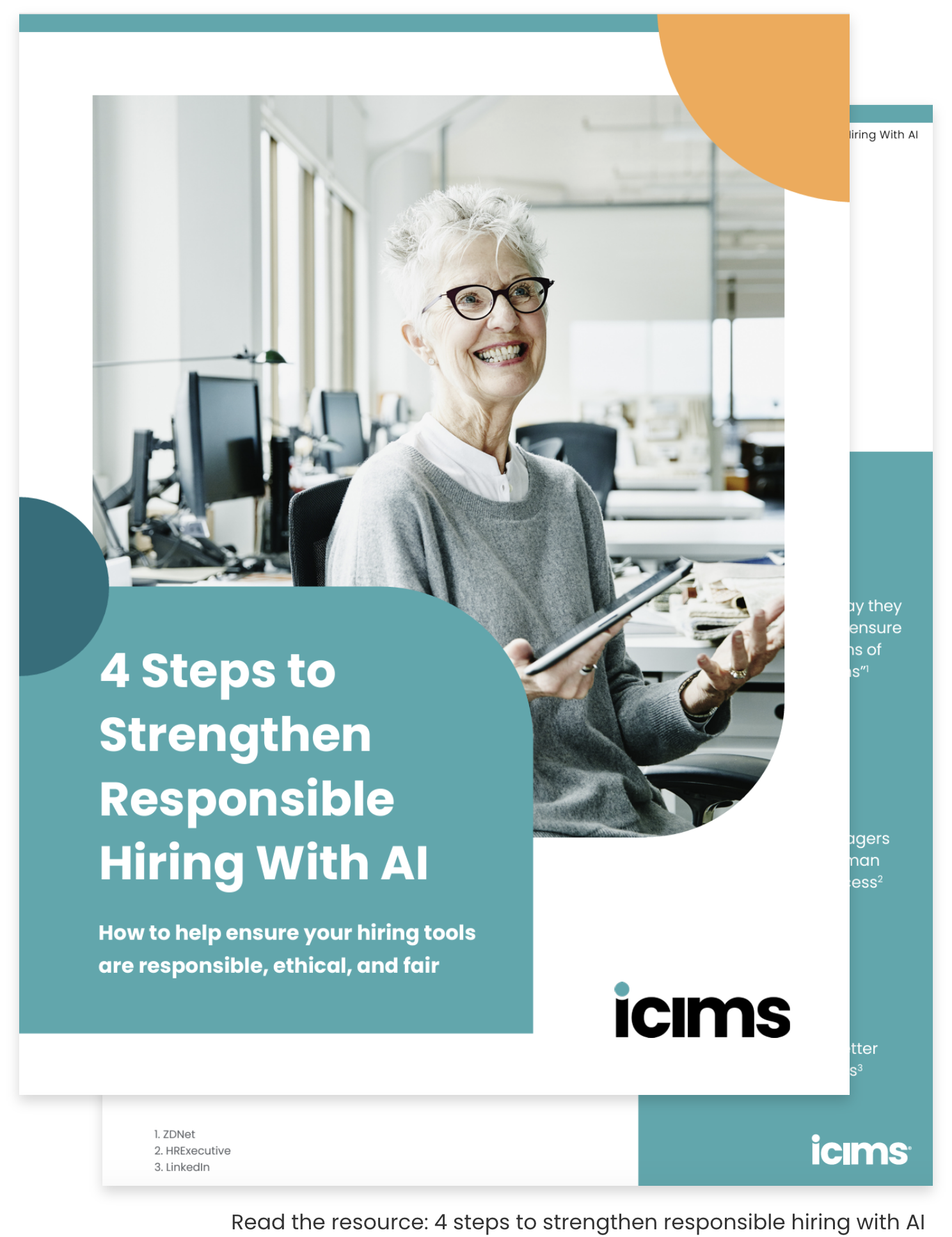- Solutions
- Produits
- Communauté
- Ressources
- Société
Donnez envie aux candidats de vous rejoindre en valorisant votre marque employeur, vos missions et valeurs avec des solutions de marketing adaptées au recrutement.
En savoir plusCommuniquez efficacement avec les candidats qui peuvent apporter de la valeur à votre entreprise.
En savoir plusSélectionnez les meilleurs candidats pour votre entreprise et simplifiez la façon dont vous constituez vos équipes.
En savoir plusAidez vos talents à découvrir de nouvelles opportunités en interne et donnez-leur la possibilité de grandir au sein de votre entreprise.
En savoir plusCommuniquez collectivement avec un grand nombre de candidats et faites face à vos besoins de recrutement volumique efficacement.
En savoir plusAccédez à des outils qui aideront votre équipe à créer une culture plus inclusive et à faire avancer votre politique DEI.
En savoir plusAdaptez vos processus aux nouveaux standards du recrutement dans le secteur du retail et de la grande distribution avec des outils suffisamment agiles pour y faire face.
En savoir plusRecrutez plus vite que vos concurrents les talents clé pour relever les défis de votre secteur, notamment en matière de qualité de soins et de production pharmaceutique.
En savoir plusAttirez et engagez des candidats ayant les compétences techniques indispensables à votre organisation et développez l'expertise au sein de vos équipes.
En savoir plusSimplifiez la recherche et accélérez le recrutement des talents grâce à une plateforme unifiée conçue vous aider à identifier les candidats qui correspondent aux postes difficiles à pourvoir.
En savoir plusLa stratégie globale de votre entreprise dépend de votre stratégie de ressources humaines. Faites en sorte qu'elles restent en phase avec iCIMS Talent Cloud.
En savoir plusConstituez un vivier de talents engageant et recrutez plus rapidement les meilleurs talents avec iCIMS Talent Cloud.
En savoir plusMettez l'innovation à la portée de vos équipes talents, tout en assurant la fiabilité et la sécurité exigée par votre entreprise avec iCIMS Talent Cloud.
En savoir plusOffrez des expériences digitales sur mesure à vos utilisateurs qui favorisent la transformation des talents grâce à iCIMS Talent Cloud.
En savoir plusSuivez l'évolution des candidatures en temps réel et gardez une vision globale sur votre processus de recrutement, quelle que soit la taille de votre entreprise.
En savoir plus Parler à un expertCréez un site carrière qui vous ressemble et présentez vos métiers autrement en intégrant des vidéos de collaborateurs dans les descriptions de poste.
En savoir plus Parler à un expertConstituez et animez vos viviers de talents, engagez les candidats à travers des campagnes marketing et utilisez le matching de talents pour trouver les bons profils pour vos offres. Parler à un expert
En savoir plus Parler à un expertDonnez aux candidats la possibilité de communiquer avec vous 24h/24, de vérifier leurs qualifications pour un poste et même de planifier des entretiens grâce à un assistant digital utilisant l'IA.
En savoir plus Parler à un expertSimplifiez l'intégration des nouveaux collaborateurs grâce à des processus automatisés qui favorisent l'engagement et facilitent la démarche pour les recruteurs et les managers.
En savoir plus Parler à un expertModernisez, optimisez et simplifiez la communication avec vos candidats et collaborateurs.
En savoir plus Parler à un expertDisposez des dernières innovations pour anticiper le futur du travail et participez aux évolutions de nos solutions. Chez iCIMS nous pensons que chacun a un rôle à jouer pour faire évoluer les pratiques RH.
En savoir plus Parler à un expertAutomatisez la rédaction et la diffusion de vos offres d'embauche auprès des candidats retenus et donnez à votre entreprise un avantage concurrentiel en réduisant de 50 % le délai d'acceptation de l'offre.
En savoir plus Parler à un expertSimplifiez le recrutement, engagez les talents de manière dynamique et réduisez les biais cognitifs à l'aide du job matching et des chatbots.
En savoir plusRationalisez et centralisez votre pile technologique RH grâce à des intégrations configurables, flexibles, sécurisées et fiables.
En savoir plusUn acteur global de l’ingénierie, de la technologie et du conseil simplifie son recrutement mondial grâce à l’ATS d’iCIMS.
En savoir plusDes milliers de membres composent notre communauté mondiale de professionnels RH, dont des créatifs, des innovateurs, des visionnaires et des experts.
En savoir plusRejoignez-nous dans la création du plus grand écosystème au monde d’outils intégrés au service du recrutement.
En savoir plusDécouvrez des analyses marché pointues, explorez les "best practices" du recrutement et devenez un expert de l'acquisition de talent grâce à notre librairie de contenus.
Accédez aux ressourcesConseils d'experts sur les solutions de recrutement, les changements dans le secteur et l'avenir des talents.
En savoir plusNous décryptons pour vous la terminologie et les acronymes utilisés dans l'écosystème des logiciels RH.
En savoir plusÀ l’aide de notre calculateur, estimez le retour sur investissement que vous pouvez obtenir en utilisant iCIMS.
En savoir plusDécouvrez les coulisses de l'utilisation de l'IA du côté des candidats et apprenez à en tirer le meilleur parti dans votre pratique professionnelle.
S'inscrireAssociez-vous avec iCIMS pour évaluer votre stratégie, vos processus et votre expérience de recrutement.
En savoir plusDécouvrez comment nous transformons nos données en informations utiles pour nos clients.
En savoir plusBénéficiez d'une plateforme sécurisée, agile et conforme, conçue pour vous donner les moyens de protéger et assurer la confidentialité de vos données, de celles de vos candidats et partenaires.
En savoir plusConsultez tous nos communiqués, la revue de presse et les dernières données publiées par iCIMS.
En savoir plusiCIMS est l'éditeur SaaS d'acquisition des talents dont la plateforme Talent Cloud donne aux organisations les moyens d’attirer, engager, recruter et développer les meilleurs talents pour construire une équipe gagnante et diversifiée.
En savoir plusFaites connaissance avec ceux qui façonnent l’avenir du secteur des logiciels de recrutement.
En savoir plusDisposez des dernières innovations pour anticiper le futur du travail et participez aux évolutions de nos solutions.
En savoir plusOptimisez votre système de gestion des talents et profitez d'une meilleure expérience utilisateur et d'une meilleure gouvernance des données avec ADP et iCIMS Talent Cloud.
En savoir plusNotre partenariat primé avec Microsoft est fondé sur un désir commun de transformer le lieu de travail et l'expérience des équipes de recrutement.
En savoir plusNotre partenariat avec Ultimate Kronos Group (UKG) soutient l'ensemble du cycle de vie des talents en apportant des solutions de recrutement sans friction à UKG Pro Onboarding.
En savoir plusN'hésitez pas à nous contacter pour en savoir plus sur les produits et services iCIMS.
En savoir plusFrom creating candidate shortlists to helping draft job descriptions, AI has the potential to revolutionize hiring. AI can provide insights and suggest optimizations that would otherwise go unnoticed. The speed at which it can accomplish tasks — and the scale at which it can engage candidates – represents a significant opportunity for hiring teams.
That all sounds good, but getting started with AI can feel overwhelming. It doesn’t have to be.
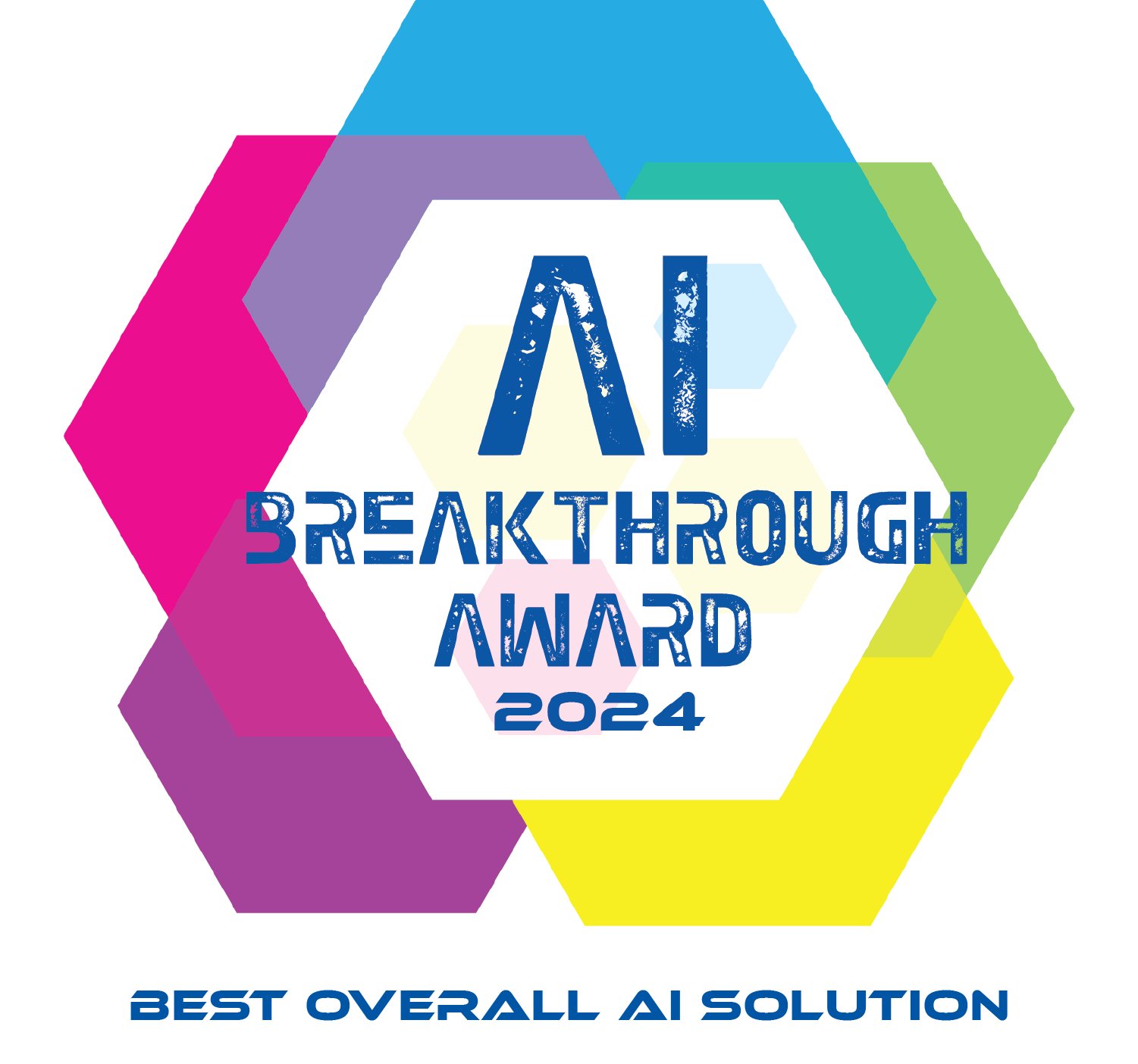
iCIMS has a history of using AI across our hiring platform – long before this current race to incorporate AI into everything.
We think the results speak for themselves. iCIMS Talent Cloud AI was named “Best Overall AI Solution” at the 7th annual AI Breakthrough Awards.
AI isn’t a narrow solution for a specific hiring challenge. There are many opportunities to use AI throughout the recruiting process to save time and help make smarter, more informed decisions. The first step is determining where and when to use it.
How AI can benefit recruiters and hiring managers:
How AI can benefit job seekers and employees:
Resources for determining where and how to use AI for recruiting:
[Webinar] What’s next in AI?
Transform recruitment with AI
4 ways AI recruiting software can streamline hiring
Your AI checklist for better healthcare hiring
Once you’ve figured out how you want to use AI, it’s time to get the right people on board and define who is responsible for what. Ideally, this should happen before you start looking at specific vendors. This way, you’ll get into the evaluation process with your internal teams all on the same page.
Who is consulted will vary from one organization to another. Your executive team, legal counsel, information security and IT department are all possible candidates. Some organizations find it best to formalize an AI committee to hammer out the details.
Questions to discuss with your internal team:
Resources for determining where and how to use AI for recruiting:
A collaborative guide for talent and IT leaders
How investing in recruiting software improves ROI
6 ways TA teams do more with less
At this point, you’re ready to assess AI solutions and their vendors. There are at least two important categories to consider:
When evaluating vendors, ask:
Resources for evaluating recruiting AI vendors:
NYC AI law
EU AI Act
Colorado AI Act
AI Principles for Developers and Employers
AI isn’t taking over the whole world, just mine
Responsible AI: Ethics and automation in recruiting
With an AI solution secured, it’s time to begin the rollout. Your team will likely have a lot of questions about how this impacts their day-to-day.
The first step is communicating the vision for AI, and how it can transform the way your organization recruits. Next come timelines and expectations. Finally, training for recruiters and hiring managers.
Resources to help you get started with AI:
4 steps to strengthen responsible hiring with AI
How to build your talent acquisition tech business case
ATS buyer’s guide
[Webinar] Best practices to make your ATS buying process less painful 6 ways TA teams do more with less
Trusted by the world’s leading brands, our responsible AI has a proven track record of helping teams simplify and accelerate their hiring – including reducing time-to-fill by as much as 50%.
Learn more about iCIMS Talent Cloud AI:
